So finally you have developed an incredible mobile app and now it’s time to make handsome money from it. Are you curious and thinking about the right way to monetize your mobile app?
Mobile apps are on the rise, and the year 2020 is poised to generate nearly $582 Billion, according to one Statista forecast.
And it makes sense, the average time spent per day by internet user’s using mobile apps was more than 3x higher than that spent on Mobile Web in 2018, according to emarketer, and this trend is here to stay.
In light of this trend, it sounds like a good business decision to invest in mobile app development or hire an app development company. It takes time and immense effort from developers to make a mobile app, but having an app doesn’t guarantee success.
Associating the right monetization model with regards to the kind of industry your app operates in and the type of target audience targets is crucial. People lack information regarding the monetization model, even when they have already invested in mobile app development.
If you’re looking to leverage this rising popularity and use of mobile apps by getting your own app developed, these are the revenue models that can help you make money through mobile apps in 2020.
Monetization Models for Mobile Apps in 2020
Ideally, you should have a robust monetization plan ready before your app is fully developed. But even if your app is live on app stores across platforms, there’s still enough time to answer the question, “How can I make money from a mobile app?”
Note: I’ll be excluding paid apps from the list of 5 ways simply because it’s the most basic revenue model for apps. If you think your app provides enough value to your target market to prompt them to buy it for a dollar price, you can always launch your app as a paid app. If you’ve already launched your app as free, you’ll have to resubmit your APK through your Developer’s account, since you can’t change your existing free app into a paid app.
Some of the top paid apps fall in the gaming category, or educational category are WolframAlpha and Minecraft.
Let’s dive into monetization models for 2020, other than launching a paid app:
1. In-App Ad Revenue
In-app ad revenue is a strategy most used by free apps, which is a great revenue stream for mobile app developers. If you don’t know how to integrate in-app ads to your mobile app, you may want to leverage iPhone App development services or Android app development services for this kind of integration.
Most free apps on the app store or play store are dependent on add revenue since it’s a constant source of income without any requirement of continuous change to the app.
Within In-app add revenues, there are three types of models that you can apply to make money through mobile app development:
- Cost Per Thousand (CPM)– In CPM advertisement, you earn money for every thousand ad impressions on your app.
- Cost Per Click (CPC) – Cost per Click is like the reverse PPC, where instead of paying for every click on your ad, you earn money every time a user on your app clicks on an advertisement.
- Cost Per Action (CPA) – CPA has the most earning potential, but its success is doubtful. In CPA advertisements, businesses that opt to advertise themselves on your app will pay you for every tangible action performed by users who are redirected to them through your platform. These actions could include downloading their app, registering for a service, or clicking the download now button.
Although CPM often has the least income associated with it, it’s the most preferred use of In-app advertisements since user activity does not affect your income. If your platform is able to garner active users, then the model is an incredible asset for app monetization.
Statista’s study showcases the power of In-app advertisements. The graph above puts video ads at (36%), and display ads (30%) make up the significant share of the revenue for general apps whereas, for gaming apps, IAP and e-commerce apps are positioned at 43%
This is an excellent guide for an In-app advertisement strategy to make sure you choose specific ad types that are more likely to bring in higher revenue for your mobile app, giving you a higher ROI.
2. Small upgrade fee for an ad-free experience
One thing that all users dislike that you don’t need any stats for are advertisements. As mobile app users, all of us probably find ads a bit annoying to say the least.
One app monetization model that you can apply in 2020 is a small upgrade fee for ad removal for individual users.
Since mobile phones are slowly becoming the primary medium for entertainment, just edging over television, in average time spent in the US.
In the last seven years, mobile entertainment has increased drastically and will continue to do so in 2020.
In 2014, the average time spent on TV was 4 hours and 20 minutes, which plummeted to 3 hours and 35 minutes in 2019, and is predicted to fall further down.
On the other hand, time spent on mobile devices in 2014 was at 2 hours, and 32 minutes, in 2019, mobile devices surpassed television with 3 hours and 43 minutes of use time. By 2021, this difference is only forecasted to increase.
As such, understand that if phones are becoming a primary source of entertainment, then users are more likely to spend a small amount of money for a completely ad-free and seamless experience on mobile apps.
The best part about this model is that it’s not standalone. This means that this model can be applied while still using In-app ad revenue model for users who aren’t willing to pay any amount of money for an ad-free experience.
3. In-App Purchases
In-app Purchases have risen up as one of the best ways for mobile apps to generate revenue. An in-app purchase model is dependent on the release of your app on play store for free while providing services or products within the app that people can purchase to enhance their experience.
Here, the users don’t face any functional problems in using the complete app if they don’t buy anything, but data suggests that mobile app users, especially in the gaming category, don’t mind paying extra money for aesthetic improvements to the game.
According to Invespcro, In-app purchases makeup, 48.2% of the total mobile app earnings, eclipsing both add revenue and paid apps revenue in terms of percentage.
Though people are always skeptical about in-app purchase models, let’s take one example. Clash Royale, a mobile game, generated 2.5 Billion in revenue in just 3 years, following the in-app purchase model.
While let’s assume that not everyone will make it as big as arguably SuperCell’s Magnum Opus, the owner of an app that makes even 25% of that will not mind generating $625 million in revenue.
4. In-App Subscriptions
The difference between in-app purchases and in-app subscriptions is very little, but it makes a substantial difference in terms of user experience and service experience.
In-app purchases don’t affect a user’s ability to access all the features of the app that affect functionality. The in-app subscription model allows free users to access basic features of a mobile app while offering upgraded or premium features for which users are charged a small monthly subscription.
Think of Spotify, you can listen to songs by making a free profile but to access its offline download feature, you have to buy the premium version of Spotify. That is called in-app subscriptions.
Premium users gain access to restricted features, giving them a better app experience, something that free users can’t use.
5. Leveraging Sponsors and Partnerships
Leveraging sponsorships and partnerships are a great way not just to monetize your app but also generate revenue during the app development process. The hard truth is, whether you’re involved in android app development or iPhone app development, you’ll have to invest money in order to make money.
If you’re looking for funding from sponsors or attracting possible partners, then getting a prototype developed can be a great start.
According to Lean Plum, the average monthly cost per installation (CPI), from September 2017 – August 2018, was $2.81. For every user that completes the registration process, the price goes up close to $4.70 and for every user subscription, the average cost incurred lies around $85.00
Conclusion
So, acquiring sponsors or getting into partnerships with other brands to boost your app’s visibility in the industry or on the play store by leveraging their connections can be a great monetization model that helps you first acquire more users for the app. These users then convert into paying users, depending on whether your app is based on the in-app purchase model, in-app subscription model, or is a paid app.


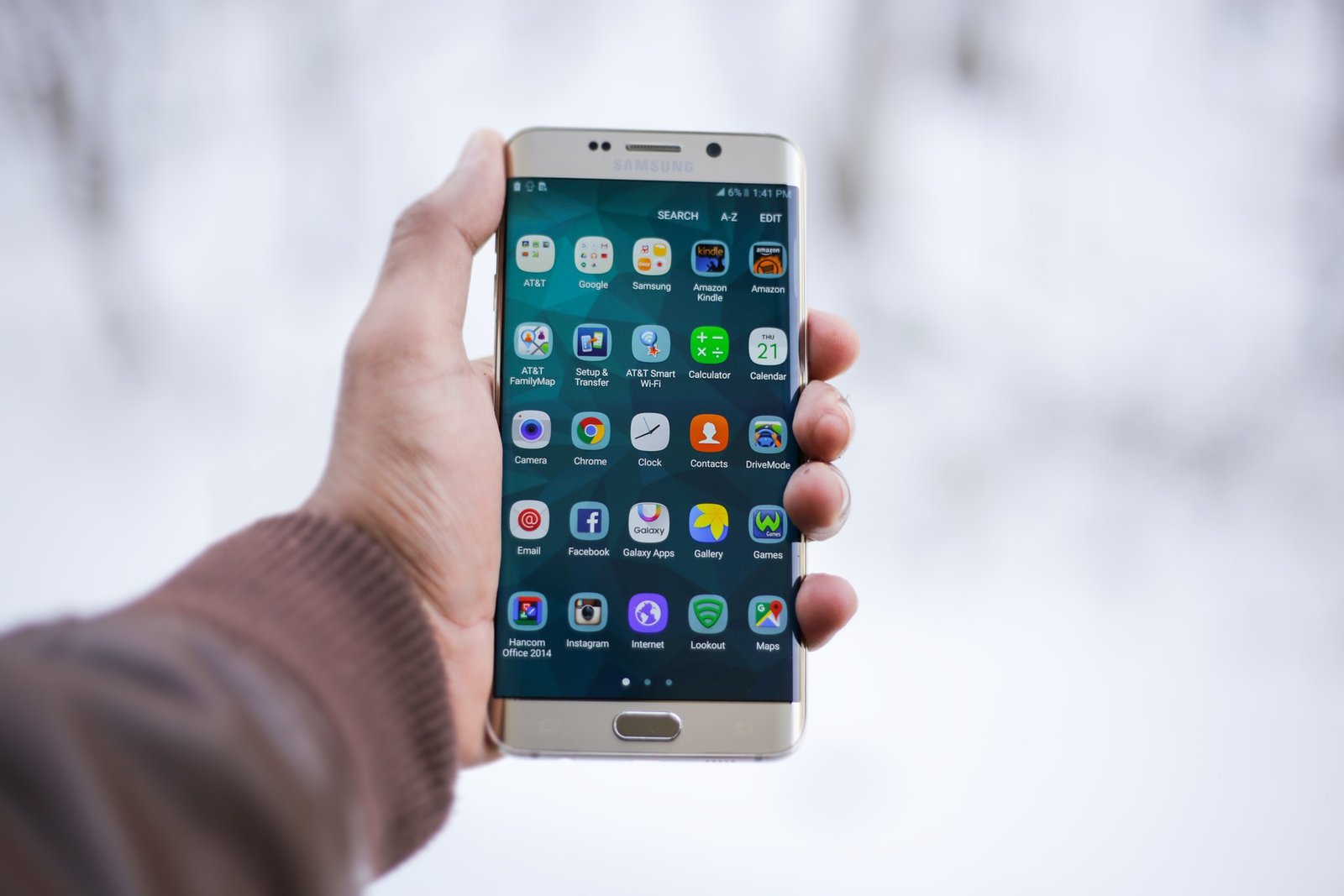
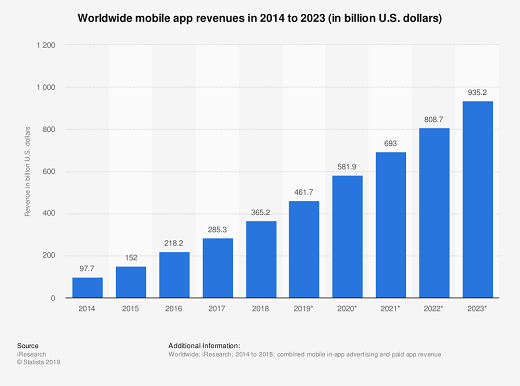
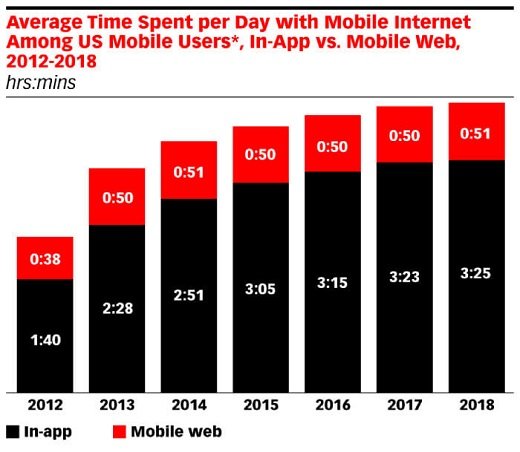
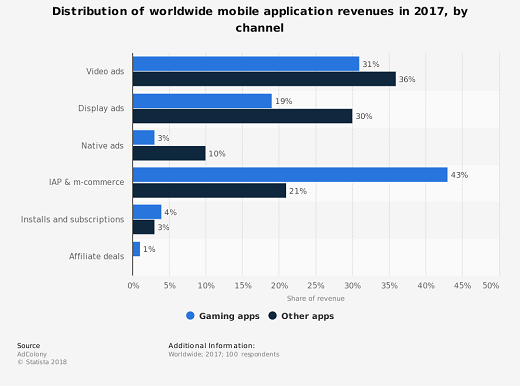
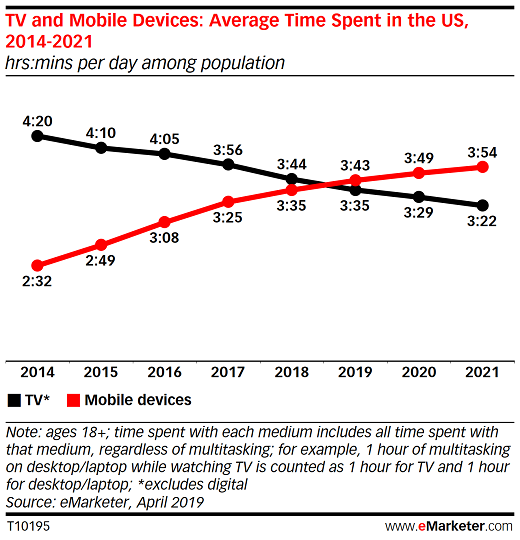
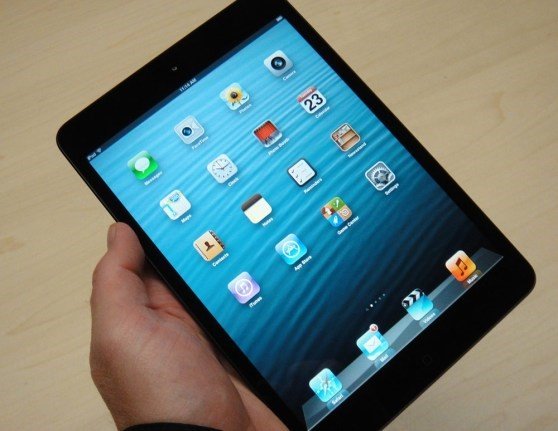
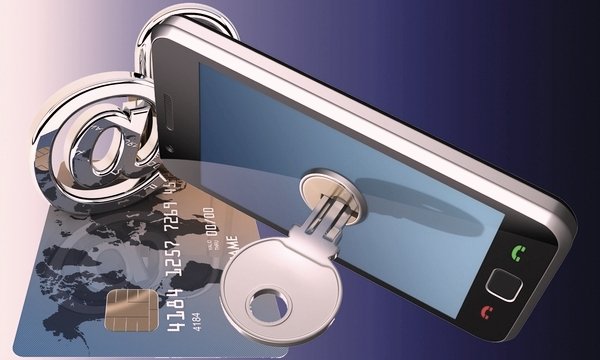
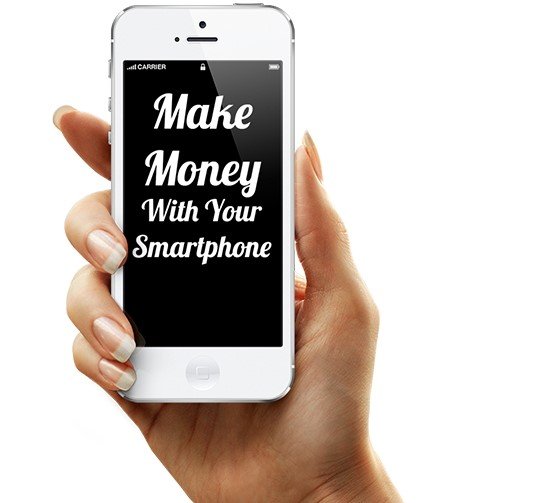
THANKS A LOT!!!!
This really helped me. Thank you a million and please keep up the gratifying work.